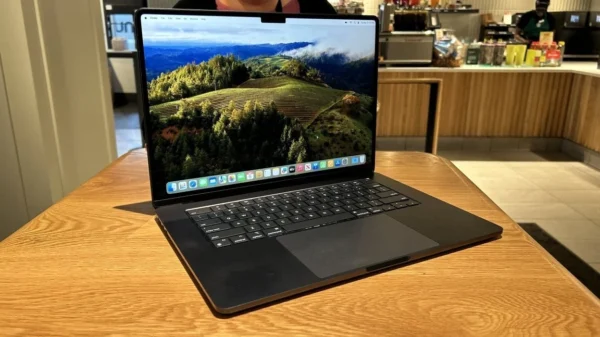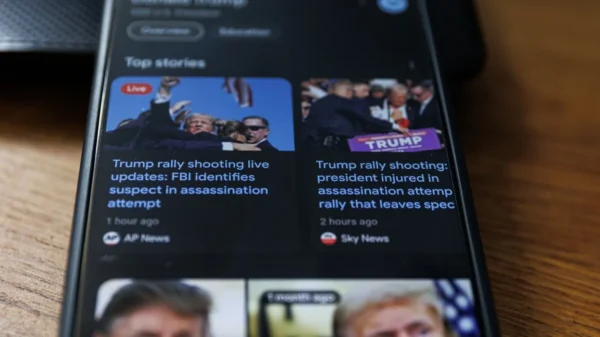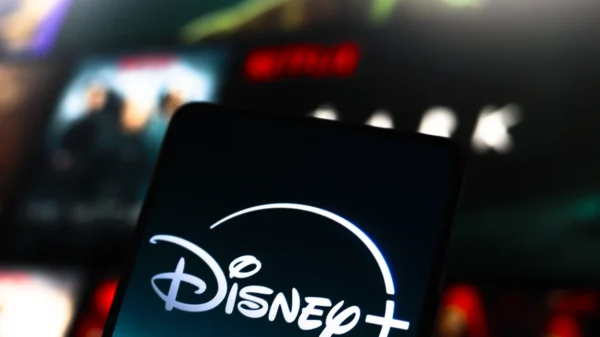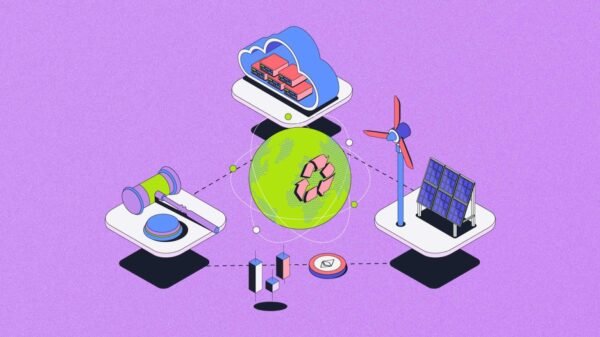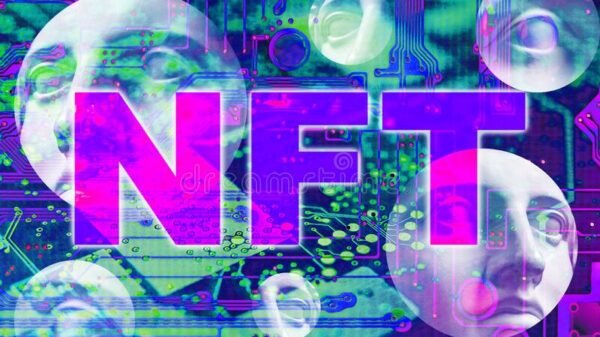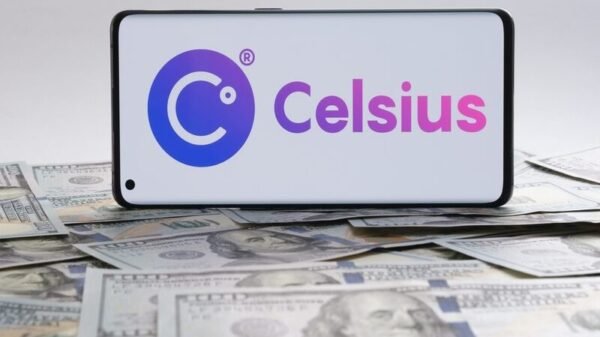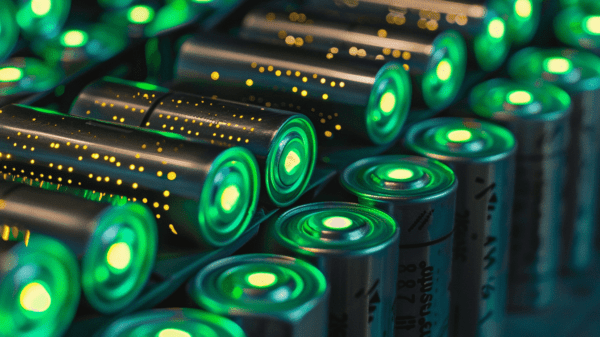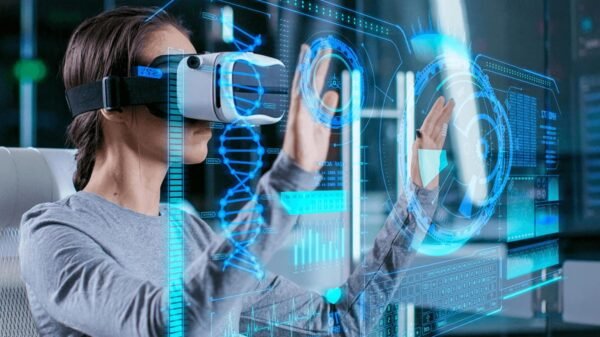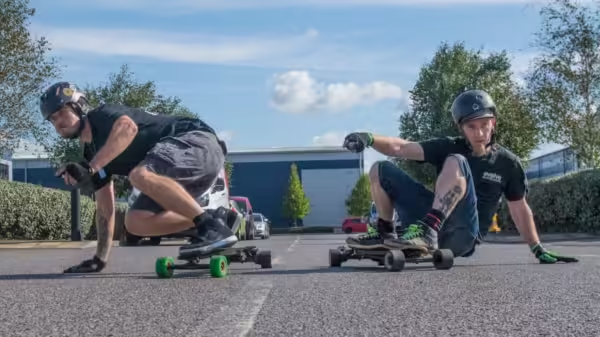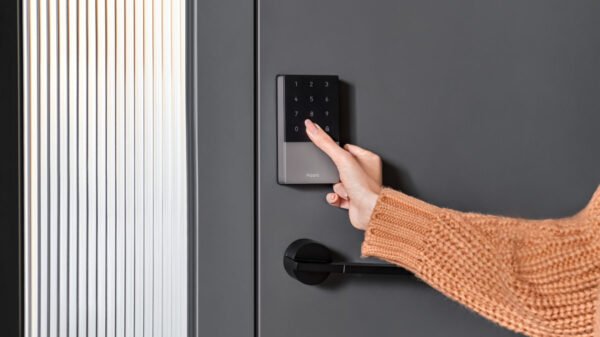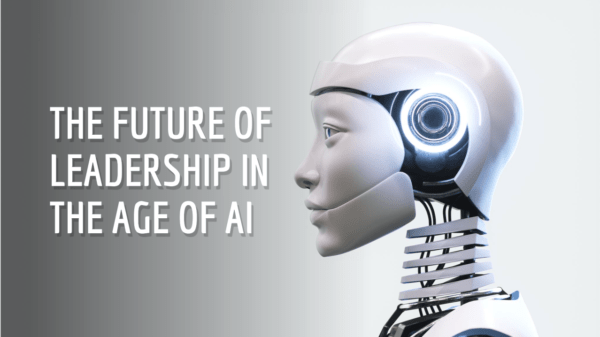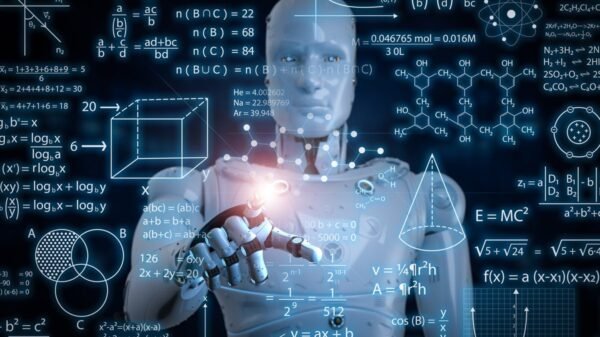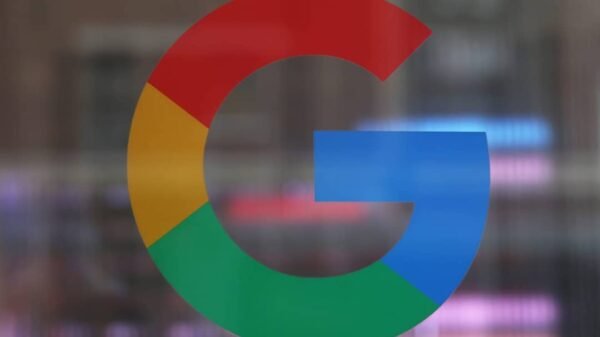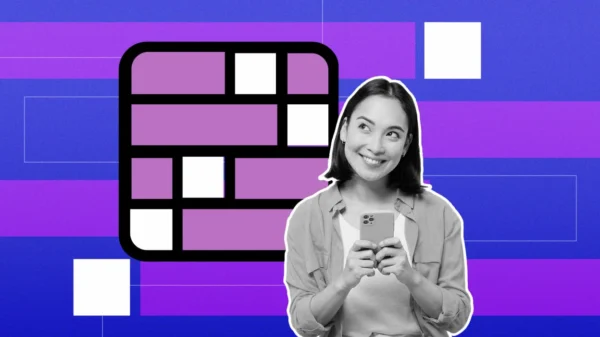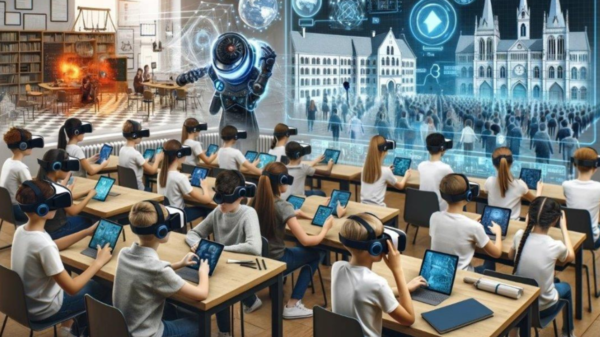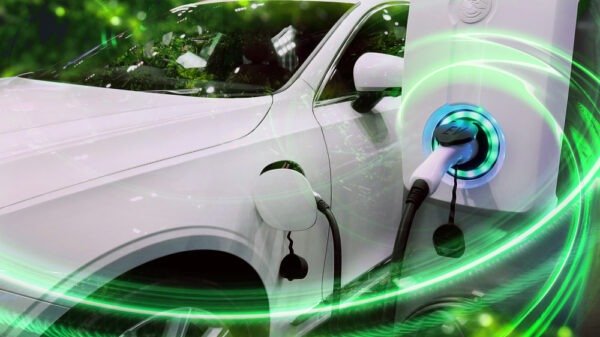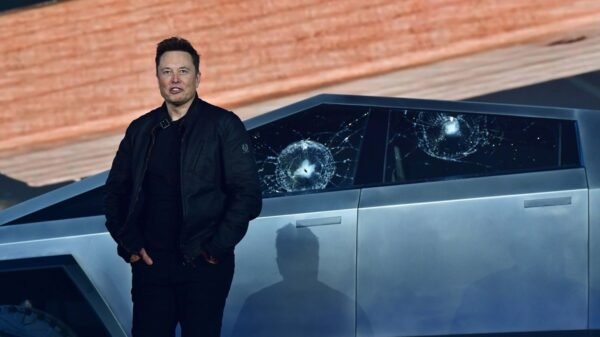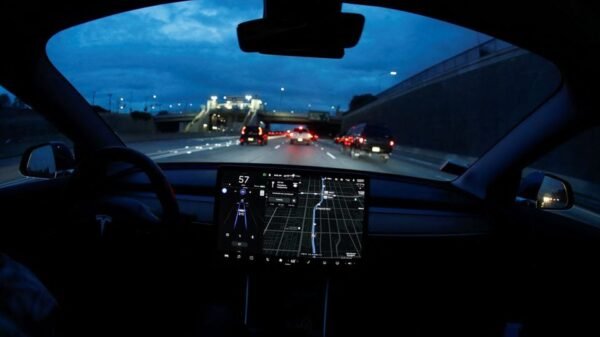Meet the Deepfake: One of the internet’s newest (And scariest) trends. While they’ve been present in underground internet communities for some time, deepfakes have begun to gain more and more traction, as the possibilities of the technology that comprises one becomes more and more dangerous.
So what is a deepfake? The term became popularized in December 2017, when Reddit user “deepfakes” released a series of AI tools and software that allows users to copy-paste celebrity faces over the faces of people in video clips. For a time, this practice was mostly used to place the faces of female celebrities on porn actresses in short video clips, but its wider applications have quickly been realized.
It’s worth noting that this technology isn’t particularly new, but these tools made by the redditor show that the technology is reaching a breaking point: One where it can be made consumer-friendly enough to be usable by many individuals, but also convincing enough to fool the casual viewer. Rather, the spread of the term “deepfakes” has helped popularize this subset of AI, and has, if anything furthered its advancement.
In a recent news story, Buzzfeed covered a Trump deepfake that is supposedly circulating around a Social-Democratic party in Belgium. While a focused viewer could easily spot flaws in the AI’s face-matching systems, snap-reactions from a particular quote to this video could have been very real had it been spread under the guise of a ‘real’ speech rather than a deepfaked joke. And the face-matching is fairly impressive; so impressive that a few shaky camera effects or blurry filters could make it near-impossible to tell the difference between a “deepfaked” video versus a real video.
The “implications” for deepfakes, then, is commercialized, widespread identity theft in media that is convincing enough to pass as real to a casual passerby yet intuitive enough to be used by that same average passerby.While it’s easy to visualize the possibilities of using this technology to create convincing videos of political figures saying or doing all manner of terrible things, there are some who believe the more realistic outcome of this technology would be something closer to the exact opposite. In an interview with Vice, Hany Farid, chairman of Dartmouth College’s computer science department, elaborated on some of the issues raised by this new technology: “”Any time now a politician is caught saying something inappropriate, illegal, or offensive, they have plausible deniability, they are now going to say this content is fake.”
To help spread awareness of the severity of the issue, Buzzfeed and Key & Peele joined forces to produce a video where a convincingly-voiced deepfaked Barrack Obama calls presedent Trump a dipsh*t and tells audiences to “stay woke” whilst warning of the dangers of trusting unverified videos of politicians.
However, some organizations are already fighting back against the deepfake craze. An article on TechCrunch spoke of a DARPA-funded AI currently in development with the purpose of detecting and exposing these impersonation attempts. DARPA’s Media Forensics group is hard at work creating a program that it promises will, as they say, “automatically detect manipulations, provide detailed information about how these manipulations were performed, and reason about the overall integrity of visual media to facilitate decisions regarding the use of any questionable image or video.”
If this particular technology continues to improve, it is very possible that this program (and others like it) will be the only thing standing in the way of what appears to be a 100% real video of a politician or celebrity figure making its way through mainstream media, despite being entirely fake. And if certain parties deem such a practice to be profitable enough, they will likely construct better and better “deepfake” programs in an attempt to fool the software designed to detect it. In the long term, the race by both parties to either detect or beat detection may end up looking a lot like the race between computer viruses and antivirus systems, but for now, be on the lookout for more deepfakes to pop up in your feeds, and be wary of what you’re watching.
Featured Image Via Google Images

